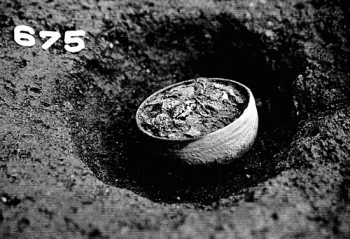American Journal of Archaeology | The Journal of the Archaeological Institute of America
You are here
Anderitum: Excavations in a Roman Town in Gallia Aquitania
April 2009 (113.2)
Anderitum: Excavations in a Roman Town in Gallia Aquitania
Anderitum reveals some of the complex changes that occurred in Gaul at the very end of the first century B.C.E. and beginning of the first century C.E. Excavation of this site moves the discussion of Romanization, which is normally confined to the elite culture of Gaul, to the largely rural lower class by documenting that people changed their building techniques, ceramic preferences, and social habits through the first and second centuries. By the end of the second century, the town was depopulated, possibly because of an overambitious urbanization project by the Romans. After a period of revitalization, the town declined in late antiquity or the Early Middle Ages. Examination of Anderitum adds texture to the fabric of political, social, and economic life of central France from the Augustan period to the Early Middle Ages and contributes new evidence to the continuing discussion of Romanization.
Anderitum: Excavations in a Roman Town in Gallia Aquitania
By Jane DeRose Evans, Alain Ferdière, and Emmanuel Marot
American Journal of Archaeology Vol. 113, No. 2 (April 2009), pp. 255–272
DOI: 10.3764/aja.113.2.255
© 2009 Archaeological Institute of America


